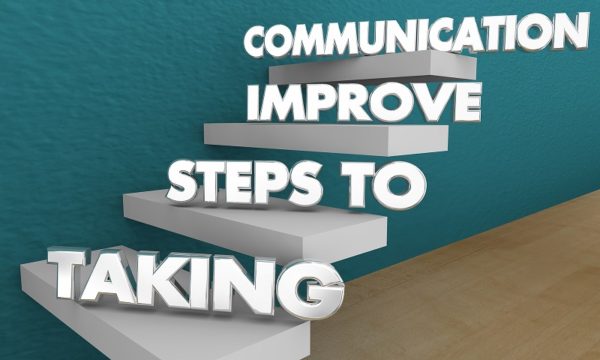
Being able to communicate effectively is one of the key components that make up the great manager’s portfolio.
Without excellent communication, even a good manager will fail to progress the business because of the need to keep momentum through communicating the vision and objectives.
There are many models of communication designed for assisting us in communicating effectively, and one of the most persuasive is designed by author Louise Evans.
She discusses a modern view of communication based on five perspectives that she labels ‘5 chairs’
What Are The 5 Chairs?
Taken from Louise’s website:
“It is a mind tool and a learning experience that consists of 5 Chairs which act as a behaviour compass that mirrors daily reactions and forces you to track what you are thinking, feeling and behaving in any given moment.
It’s a game changer.
It encourages us to make new choices about what positive behaviours to adopt.
It’s also a change-accelerator because the more we practice with The 5 Chairs, the quicker we learn to control negative impulses, adopt more positive behaviors and feel better about ourselves and those around us.”
Here is Louise’s TED talk about the 5 chairs
One way that we can think of the five chairs is detailed below:
Chair 1
Attack, misbehave, blame, complain, gossip, punish and judge.
This is concerned with seeing things only from one point of view; the personal one.
It is viewed from the opinion that ‘I’m right and you’re wrong’ and only can see ideas from that viewpoint.
You can imagine the results if we continually reside in just this one chair.
Chair 2
Vulnerability, judging ourselves, low self-esteem, feeling of rejection, self-doubt, fear of failing and disappointment, feeling like a victim, like nobody cares or loves me
Opposing chair one, this sees the communicator being the victim to everything that happens to them.
Their communication when in this chair is ‘woe is me’ and ‘help me now’.
Chair 3
Being vigilant, being mindful, observant. We stop, pause, wait and be conscious and use the WAIT acronym (What Am I Thinking?).
Here, we observe the person and wonder why he or she is behaving in such a way.
This chair gives us a different perspective.
We are now looking at situations with an air of curiosity.
We communicate with a mindset of conscious decisions, rather than reactions that are not within our control.
Chair 4
Detecting our own behaviour, being self-aware, we know who we are, we know what we want, we know where we are going, we are not afraid to speak our truth but we know our boundaries, we are powerful.
Here we grow, we are free and try to have full power. We become assertive but not aggressive.
This communication perspective enables us to use what control we have by identifying what we are thinking before responding to the conversation.
It makes us aware of how our skills in communication can be set up to effectively get good results, for ourselves and others.
Chair 5
Displays of empathy, compassion, understanding, putting our egos in the back seat, listening to people and caring for them, embracing other realities, other perspectives, others’ diversity, being tolerant and understanding what is important for the person before us.
Staying connected.
This chair helps us to communicate from the viewpoint of understanding the other’s point of view, having the humility to ask the other’s opinion first and see the perspective outside of our own.
This chair enables a different thought process as we encourage others to share ideas and we are able to learn what is important to others.
By metaphorically sitting in Louise Evans’ different chairs, we are able to see a model of communication that requires us to be aware of our own inadequacies as well as strengths, and, possibly more importantly, create a clear picture of how another person sees their world.
It gives us greater vision and clarity, rather than just viewing from our own, sometimes distorted, communication viewpoint.

Written by Sean McPheat
CEO of MTD Training and Amazon bestselling author. Sean writes about leadership, business, and personal growth, drawing on 20+ years of experience helping over 9,000 companies improve performance.
Updated on: 20 February, 2019
Related Articles

Search For More 